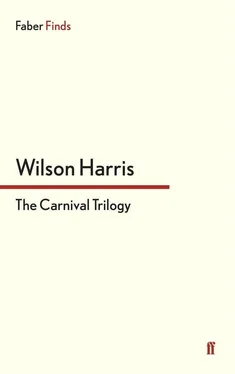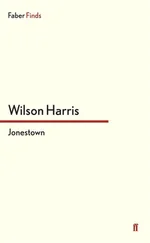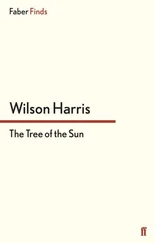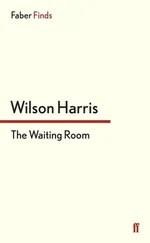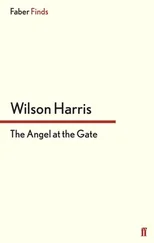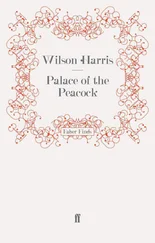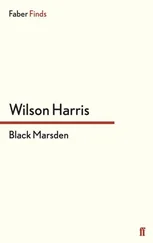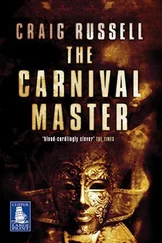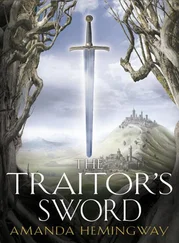Did she wish to be framed forever into the passion of sorrow, the passion of inexplicable violence? Or was she susceptible to capacities through and beyond frames, through and beyond the law of the frame that binds sorrow and violence together?
It was the expression “law of the frame” that agitated my mind as biographer of spirit across the light and the dark years of terrorism, of apparently motiveless killings, of apparently meaningless crime in the twentieth century. The twentieth century was a century of realism that failed entirely to plumb the reality of the pagan in ourselves, the savage urgencies, confusions, labyrinths in ourselves, the savage illuminations we desperately needed, the inner unspoken theatres we projected upon others, the inner problematic ties between mother and son, father and daughter, mother and daughter, father and son, masked stranger and intimate stranger, masked enemy and intimate treacheries of friends, masked governor and intimate governed, masked judge and intimate judged …
The Amerindian had barbarously slain the queen, his mother, in accordance with codes that seemed moribund in 1939 but were sacred law nevertheless to him and his people.
It was true that the colonial regime existing in 1939 had framed its own liberal laws for many decades forbidding such ancient barbarous practice in the savage tribes of the interior New Forest under its flag. But those new laws in no way invalidated the charisma of the law itself in an ancient people.
“Charisma of the law” was a term to which my father clung in defining his concept of “frame”. Divine right of kings may have vanished in Europe and elsewhere but divine right to territory, to frames of space, frames of water, frames of earth, was entrenched in the laws of sovereign states, East and West, North and South, everywhere. Thus the “charisma of the law” in the context of possession was operative in the Carnival masks of absolute regimes and incestuous territorial imperative. It was tragic that such absolutes never yielded, or confessed to, charisma. A European colonizer might trade or surrender territory to another sovereign colonizer but no spiritual confession of moribund principle ever occurred. In effect all that happened was that the new colony staged a ceremony to suppress, or eclipse, past sovereignties in itself. The new colony or regime subconsciously lived by, or subconsciously endorsed, moribund absolutes-in-depth to maintain itself in its divine right to frames of earth and water and sky.
My father argued that the case in hand required Plantation New Forest to desist from prolonging the seizure of the person of the Amerindian as if he were a common criminal (whatever “common criminal” meant) and to engage with him in the complex unravelling of the charisma of the law, the charisma of frames, the charisma of the treadmill. He argued that the action of the courts in New Forest was a symptom of derangement in ourselves, a blind refusal in ourselves to judge the deepest issues at stake, and that it would exacerbate “charisma”. He argued that that exacerbation was occurring at many levels of our colonial civilization and would result, he prophesied, in a nightmare feud of one sort or another, meaningless violence, inexplicable assaults, accidents, horrors, all sprung from addiction to frames that hypnotized peoples into believing themselves not only helpless or insecure or threatened but — through accumulative obsession with postures of attack and defence in those who waxed powerful and strong — overseers of human destiny by divine, territorial right …
Masters returned to New Forest on the eve of my father’s funeral. He was accompanied by Amaryllis, the anthropologist’s daughter. Her astonishing face caught my eye. I knew her in my dreams. It was a face that seemed curiously unframed by moribund anxieties, wonderfully innocent yet passionately aroused. I found it then — and still find it now over all the light years — almost indescribable in tone and quality of expression. She was my age in 1939 but she seemed much older than I in some essential gift from heaven of dancing heart and mind. She too had suffered bereavement in the loss of both her parents. Masters was reticent in speaking of the expedition when the New Forest Argosy came to interview him. There had been clashes, he said, with the angry Amerindian people but fighting had broken out as well between the members of the party on expedition. They had been a motley crew and an escaped convict had somehow inveigled himself into the party. In the end he revealed himself as someone on whom they could rely to fight the savages and to scheme for gold.
Everyman Masters had come close to drowning in Waterfall Oracle and had narrowly succeeded in pulling himself and Amaryllis back from the torrent, from veils of greenest light, blues and roses, veils that wove themselves into chains within all generations, all peoples, in the mystery of the Waterfall. They had secured a trail to another encampment and gained assistance in securing a boat.
He brought her back safely to New Forest and I made her acquaintance for the first time. First time? There was no first time, second time, first dance, second dance. We were ageless dream. I knew her, she knew me, it seemed, long before Masters arrived with her in the Town in 1939. When and where we had met puzzled the will at the edge of waking spirit but we were clothed in the sun’s originality as in a book we knew whose chapters overlapped, past shadows lengthened into the future, the future condensed itself in the present. I saw the originality of the sun in her eyes, she saw it in mine. She was a window for me into light. I knew I had been with her in the voyage to Waterfall Oracle. When I told Masters this he smiled at me. I was a child. I was entitled to a child’s game, a child’s intuition. I was entitled to the seed of dream. He knew — even as he smiled — that I would never relinquish it and that it would mature over the years into a recovery of Waterfall Oracle. He would turn into my guide. He would turn into the dead king. Amaryllis and I would be his living companions. He would leave us at some stage but by then we would be launched on our journey to innocence and guilt in this age or the next or still the next.
In 1939 his statement to the press — that Amaryllis pinned into Purgatory’s Who’s Who — was a bald recital of fact and it was to take me all his life up to and beyond the day of his second death to glean a perception of the prophecies he had received as a young man in Waterfall Oracle. Those visions or utterances so staggered him, so overturned him, that he could only impart them to me by indirections and through a variety of phases that were all, in a sense, incomplete. The first phase I tended to call that of Masters the First (1917–57) though in substance and reality this phase possessed sub-systems that ran roughly from 1917–39, 1939–57. (Indeed all subsequent phases were subject to sub-systems.) The second phase I tend to see as running loosely from 1957 into the 1970s. The third phase I tend to see as coming to a close on the day he died in London in 1982. Masters the Fourth commenced then on the day he died and became my guide backward in time.
It was Masters the First (a young man of twenty-two) who consoled me and took charge of my poor mother when he returned to New Forest on the eve of my father’s Carnival funeral. (That funeral was the most outstanding event or masquerade in New Forest for decades.) My mother was stationed next door at a window in the top storey of Masters’ house. Our house — the one in which the Masters family had lived in the 1920s — was single-storeyed, three cave-bedrooms, kitchen, shower-bath cave, lavatory, drawing room cave, front gallery cave overlooking the garden and the long central aisle or pathway through flowering plants to the street.
Читать дальше
